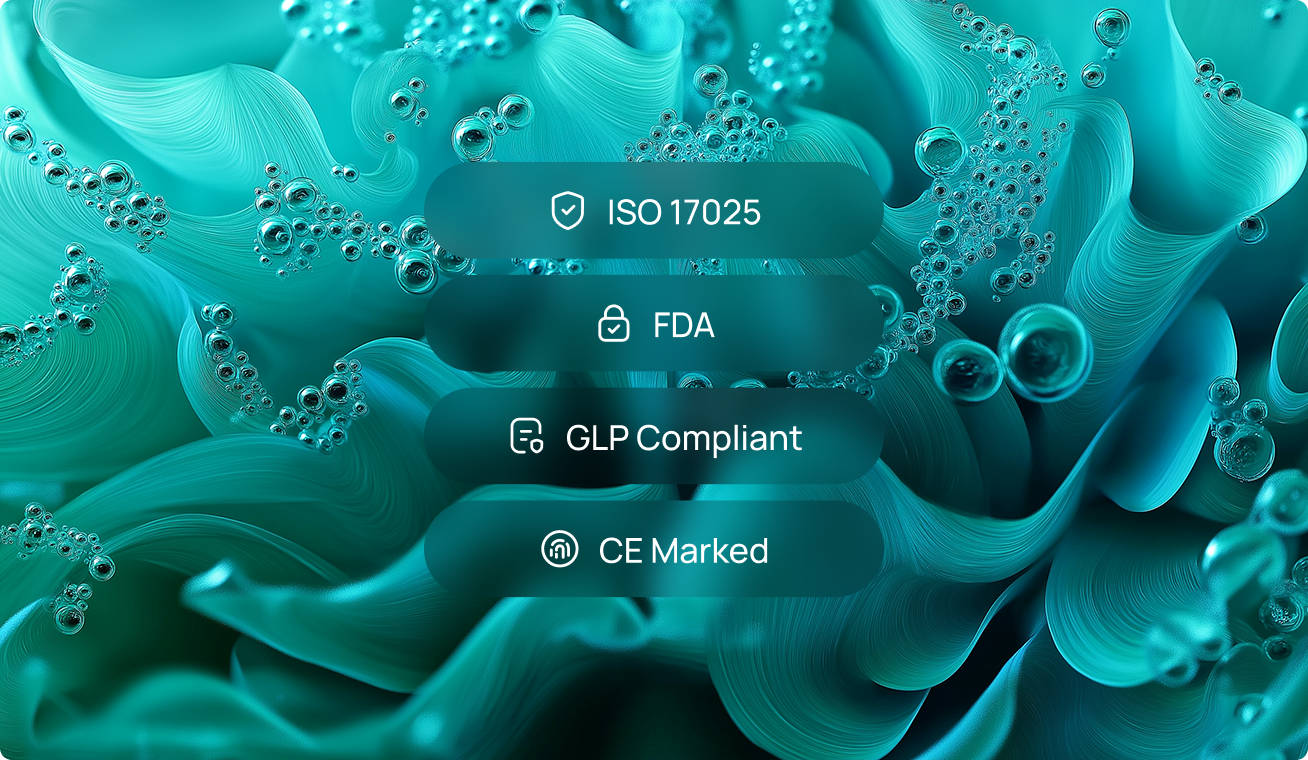TriFetch Radiology Assistant
Radiologists were overwhelmed—80% of cases showing no abnormality but requiring identical reports, while critical findings in the other 20% risked being missed. We deployed an AI assistant with PACS integration that automates first-pass report generation and highlights potential lesions.
Problem
Radiologists face crushing workloads—80% of cases require identical "no abnormality" reports typed repeatedly, while the critical 20% risk missed lesions due to fatigue and time pressure.
Approach
We deployed an on-premise radiology assistant with PACS integration that auto-generates first-pass reports for routine cases and flags potential abnormalities in complex scans, with a chatbot interface allowing physicians to review and modify before final sign-off.
Industry
Radiology
Services
Workflow Automation & Custom Agents
Result
20%
faster workflow, improved diagnostic catch rates, now piloting across multiple hospital systems.
The Challenge
A multi-site hospital system faced severe radiologist burnout and quality concerns:
- High-volume workflow meant most time spent typing repetitive normal reports
- Small but critical lesions occasionally missed in the 20% of cases requiring detailed analysis
- Report turnaround times impacting patient care and department efficiency
- Need for AI assistance without compromising diagnostic accuracy or data privacy
Our Approach:
01 - Workflow Integration: Built glass-overlay software with seamless PACS integration—no disruption to existing radiologist workflows or system architecture.
02 - Intelligent Automation: Automated first-pass report generation for routine cases. AI identifies normal studies and drafts standard reports, freeing radiologists to focus on complex cases.
03 - Diagnostic Support: Advanced imaging algorithm highlights potential abnormalities—small lesions, subtle findings—that warrant closer radiologist review.
04 - On-Premise Deployment: Self-contained system with full data privacy. All processing happens locally—no patient data leaves hospital infrastructure.

Key Takeaway:
"AI in radiology shouldn't just speed things up—it should make radiologists better at the hard parts while handling the routine intelligently. That requires clinical integration, not just technical performance."


